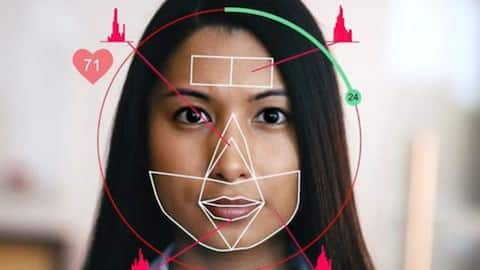Now, a simple selfie video can tell your blood pressure
What's the story
The condition of high blood pressure, or hypertension, has grown into a major health concern over the years. It contributes to more than a million deaths every year in India and demands regular tracking, medication. Now, to tackle the issue, a group of researchers has developed a new mechanism of BP-tracking, a method relying on nothing but a selfie-video of your face. Here's more.
Technique
Tacking BP through transdermal optical imaging
Though the idea of measuring blood pressure with selfie sounds weird, scientists hailing from China and Canada have actually accomplished this. They have developed a technology, called Transdermal Optical Imaging (TOI), that uses the photographic data captured by a phone's camera to visualize and measure changes in blood flow. The researchers say the technology works seamlessly in real-life situations and delivers very accurate results.
Working
How TOI visualizes blood flow
As facial skin is translucent, the TOI system uses the optical sensor of a phone to record a video and capture the red light reflecting from the hemoglobin under your skin in the process. This light helps the tech detect changes in blood flow, which ultimately provides an assessment of blood pressure as well as other health-related information like how stressed you may be.
Tests
Incredible accuracy seen in tests
In a real-world test, the team employed the TOI system on two-minute-long selfie videos of 1,328 adults. The results of the system came out with a very impressive 95% accuracy when compared with the standard ways of measuring blood pressure. The researchers even say that the same tech can be used to detect the emotional state of politicians/celebs in pre-recorded videos.
App
Soon, you might have an app using the TOI system
The researchers plan to add TOI-based BP detection into Anura, a health-monitoring app developed by Nuralogix - the company of one of the researchers. However, do note that the capability would roll out only for people in living select regions. For a wider release, the team would have to make the system accurate enough to detect blood-flow changes in very fair or dark faces.
